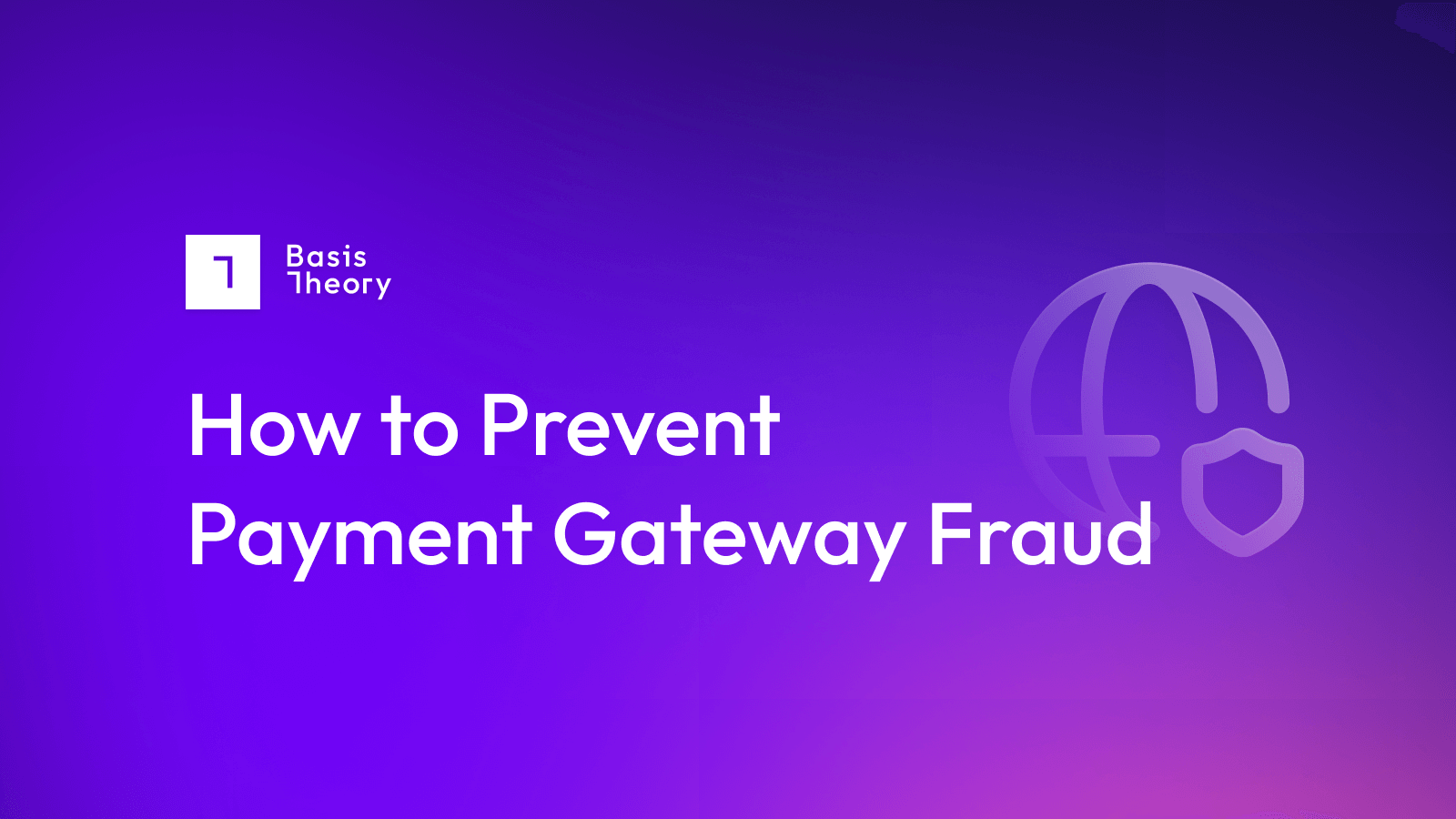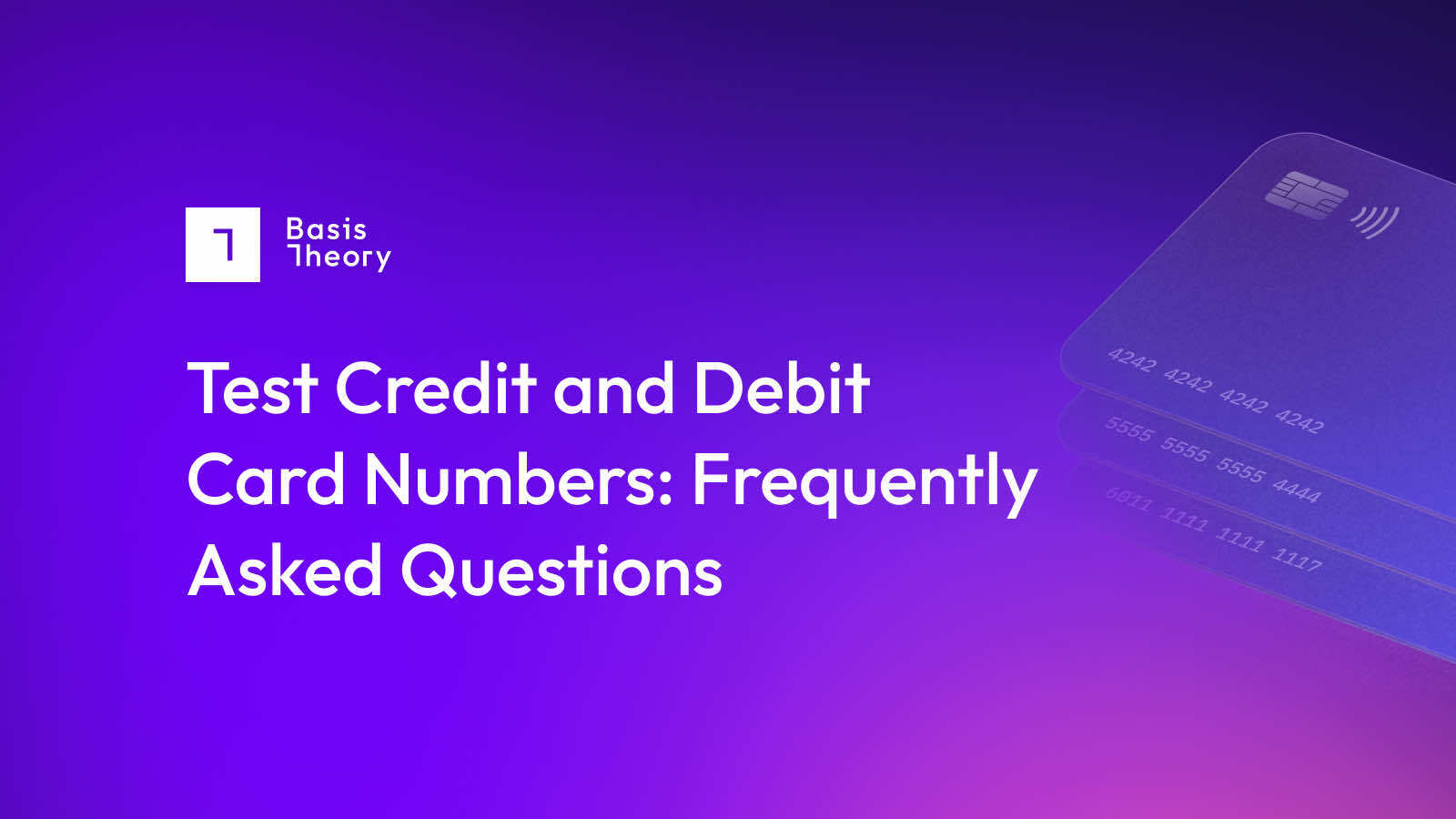Capital One Acquires Discover: Why Knowing the Card Brand Still Matters

“The more you know, the more you realize you don’t know.” When Aristotle said this, he could have been referring to the payments industry.
For enterprise merchants operating on a global scale, even the smallest blind spot can compound into failed payments, disruptions to the user experience, and routing inefficiencies. All of which is to say: money is left on the table.
One of the easiest and most underused signals in a payment transaction? Knowing the credit card network brand.
We aren’t talking about the anatomy of a credit card—simply being able to identify the actual card brand that powers a transaction is fundamental to achieving payment optimization and future-proofing your tech stack.
Here are three other reasons a merchant simply must know, and use, the card brand.
Brand Changes Impact Token and PAN Continuity
The impact that Capital One's acquisition of Discover will have on products that rely on knowing the card network is still being determined. Because Capital One is a bank, and Discover is a card network with its own processing rails, it’s not yet clear whether Capital One cards will be rebranded and changed to process on the Discover network. The way Capital One chooses to go could really shake things up for merchants who store their customer details in a programmable payment vault.
If Capital One cards are rebranded, will those cards be reissued with a new PAN and BIN? For merchants that vault card data and depend on token continuity, this kind of update could mean sudden payment failures unless your payment system is equipped with the right tooling.
Card enrichments like Account Updater are becoming a requirement for most merchants. This type of feature can automatically update vaulted cards, protecting you from seismic shifts in payments ecosystem infrastructure. Storing card brands alongside tokens—like those in third-party vaults like Basis Theory—better positions a merchant to respond to network-level changes like this.
Enable Smarter Routing or Retry Logic
It’s no secret that not all card brands perform the same across payment processors, markets, or transaction types. Apple Pay and Google Pay, for instance, aren’t ideal for subscription use cases, where credit cards remain the preference for e-commerce.
As a merchant or platform, knowing the card brand opens the door to network-aware routing. Transactions can be routed to, or retried with, different processors or acquirers, who have better authorization rates for that specific card brand.
Fewer false declines, smarter retries, and, ultimately, improved authorization rates can help a merchant recapture what might otherwise be lost revenue.
Improve CX and PCI Posture
A checkout page should reflect the payment method the customer is using—not just for the visual aesthetics, but for accuracy and trust. When the interface shows a Visa or Mastercard badge (or uses branded card art), customers feel more confident.
Storing the card brand as part of tokenized records—instead of just the raw PAN—does not increase any PCI scope, delivering value without risk. It improves transparency and user confidence, while giving the product team enough data to optimize the checkout process.
All of this without storing additional sensitive cardholder data directly.
The card brand is more than a logo—it’s a signal that helps inform retry logic, token lifecycle management, and the customer experience. As the Discover and Capital One merger unfolds, and as more card networks evolve their token standards, the time is now to build systems that can track and recognize the card brand.
Assuming, of course, you’re looking to increase revenue 🙂.
Need help implementing an Account Updater feature? Get started with the documentation and reach out with questions about your use case.
.png?width=365&height=122&name=BTLogo%20(1).png)



